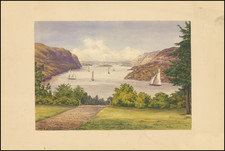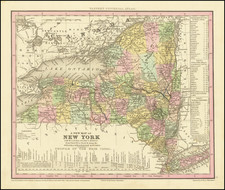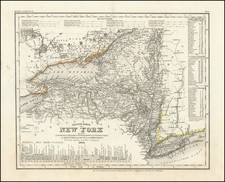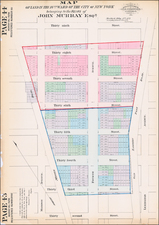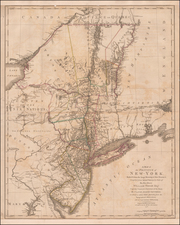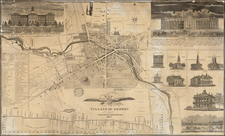Detailed view of Brooklyn, Greenpoint, and Williamsburg.
Includes buildings, parks, street names, and detailed lines of transportation, including the recently completed Prospect Park and as yet incomplete Suspension Bridge which would be known as the Brooklyn Bridge (built between 1873 and 1883).
Brooklyn, New York, experienced significant growth and transformation throughout the 19th century. Initially a modest settlement, it gradually expanded, driven by industry, commerce, and immigration, becoming an economic and cultural hub. In 1816, Brooklyn was incorporated as a village, and by 1834, it gained city status, reflecting its burgeoning population and development. The construction of the Brooklyn Navy Yard in the early 19th century fueled industrial growth, attracting workers and businesses alike.
The 1870s marked a pivotal decade for Brooklyn's development. First, in 1870, Prospect Park opened to the public, providing a vast green space designed by Frederick Law Olmsted and Calvert Vaux, the creators of Central Park. The park soon became a recreational hub, contributing to Brooklyn's cultural identity. Additionally, in 1873, construction began on the Brooklyn Bridge, which would connect Brooklyn and Manhattan, enhancing commerce and transportation. This engineering feat, completed in 1883, symbolized the growing interconnectivity between Brooklyn and the broader New York region.
Throughout the 19th century, Brooklyn's demographic composition diversified, with waves of immigrants from Ireland, Germany, and Italy, among others, contributing to its cultural vibrancy. By the century's end, Brooklyn had firmly established itself as a thriving urban center, laying the groundwork for its eventual incorporation into New York City in 1898.









